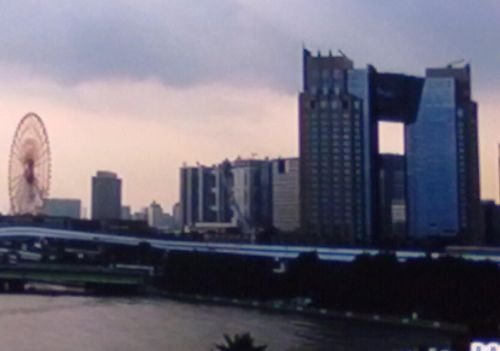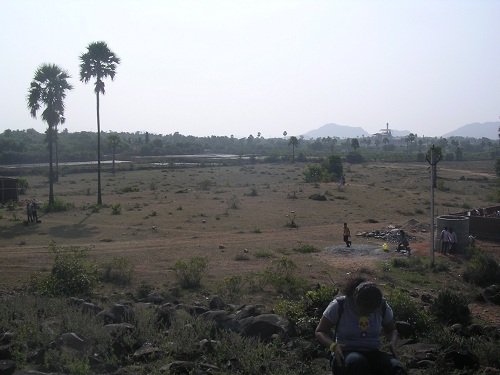Architecture | Field of Innovation
The difference between Architecture and building is a subject that has attached the attention of many. According to Nikolaus Pevsner, European historian, a bicycle shed is a building; Lincoln Cathedral is a piece of architecture. This distinction, however, is not a clear one, and contemporary scholarship is showing that all buildings, cathedrals and bicycle sheds alike, are part of a single continuum that characterizes the built world.

Architecture is an art of designing the built environment. Buildings, landscaping and street designs are the three important elements, which impart both functional as well as aesthetic character to architecture. Building features such as cornices, gables, entrances, fenestrations and textures may be used to soften or enhance buildings with colourful plants and trees. Landscape Architecture is also a vital part of design.
Street side features such as decorative lighting, benches, meandering walkways, and bicycle lanes may enhance a site for passerby, pedestrians and cyclists. Landscaping elements also play an important role in enhancing the aesthetics of the built environment.
According to Vitruvius, good buildings satisfy three core principles: Firmness, commodity and Delight. Architecture can be said to be a balance and coordination among these three elements, with none overpowering the others. A modern day definition sees architecture as addressing aesthetic, structural and functional considerations. However, looked at another way, function itself is seen as encompassing all criteria including aesthetic, psychological and cultural ones.


